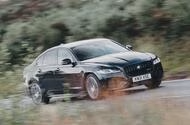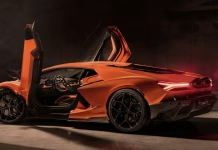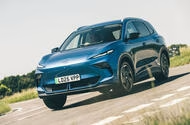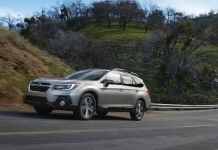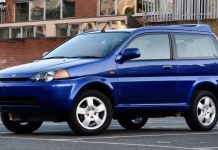2025 Honda Civic Hybrid Unveiled with Bold New Look and Enhanced Features
 Subtle facelift for Honda's hybrid hatchback after three years on sale
Subtle facelift for Honda's hybrid hatchback after three years on sale
Honda has given the Civic a new face in a round of mid-life updates for the hybrid hatchback.
The company says its Volkswagen Golf rival has been "refined in response to customer feedback", with the front end reworked for a "more assertive" look.
The upper and lower grilles have been sharpened and accentuated by their contrasting black gloss finishes, while the bumper has been restyled with "bolder character lines".
There's a new colour-coded front spoiler and the front foglights have been removed in line with the cleaner treatment.
Honda said the Civic's LED headlights can "ensure optimal visibility is maintained" in foggy conditions, making the separate foglights redundant.
Elsewhere, there's a new 18in wheel design available on selected trim levels, a new blue paint option and some exterior accessories can be finished in black, silver or bronze.
The Civic's interior has been largely left untouched, but all trims now come with a "more premium" black finish for the roof and pillars, together with matt chrome air-vent surrounds.
Top-spec Advance cars now come with illuminated footwells, while mid-rung Sport now gets a heated steering wheel and 10.2in digital display as standard. All versions have a wireless phone charger.
The new Civic is on sale from today (1 August), priced from £33,795 in entry-level Elegance trim - slotting it neatly in between the entry-level Toyota Corolla hybrid, at £30,795, and the cheapest Volkswagen Golf hybrid, which is £36,420.
Mid-rung Sport trim bumps the Civic up to £35,395 and the range-topping Advance costs £38,695.
The Civic Type R hot hatch is no longer on the price list, having bowed out of Europe as the limited-run Ultimate Edition.
Max Verstappen Endorses the $327K Ford Mustang GTD with a Roaring V8 Test Drive
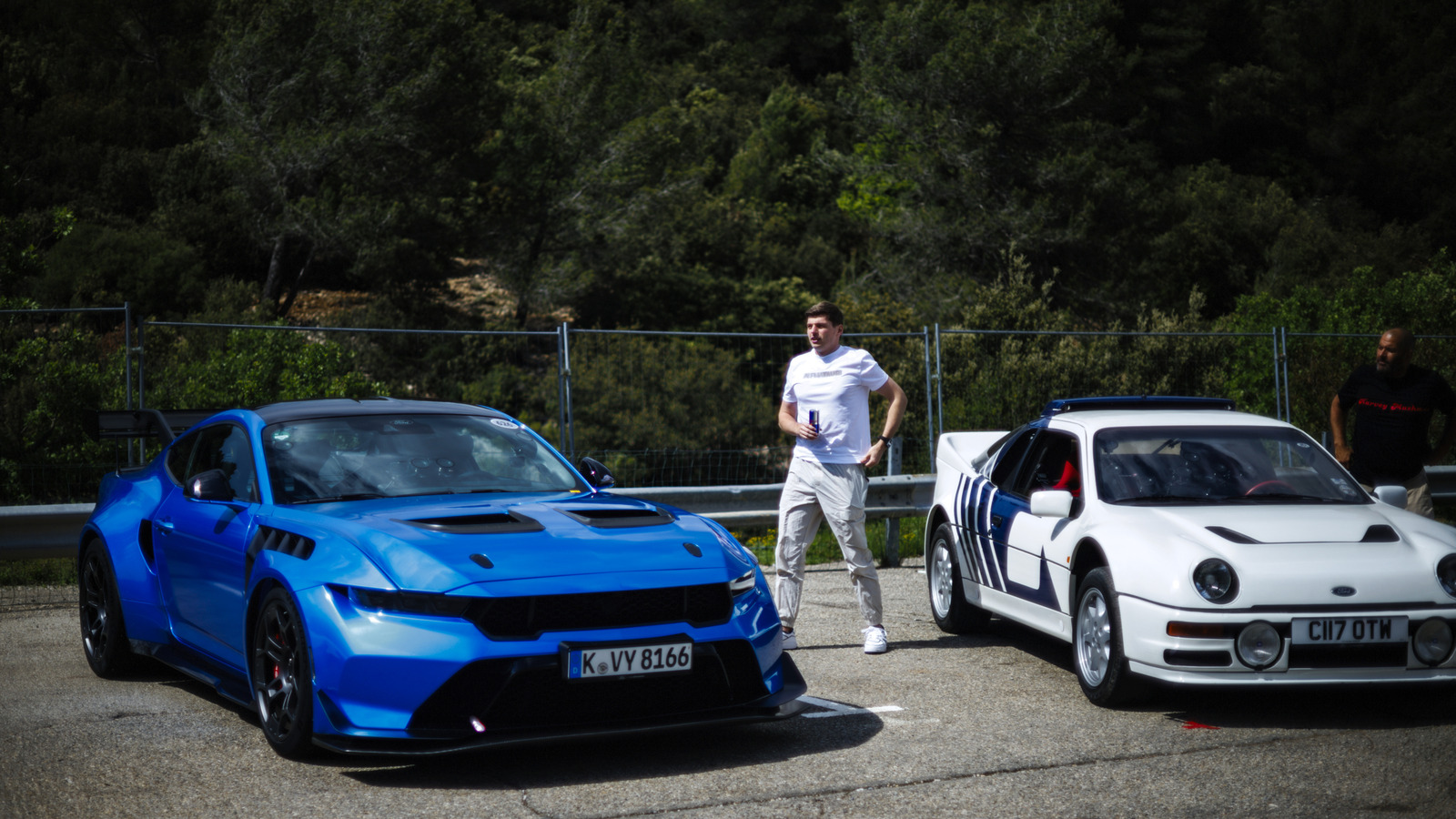
Why the Jaguar XF Is the Smartest Used Executive Car Buy Right Now
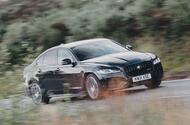 The saloon that saved Jaguar gets one last round of updates – but does it go out with a bang or a whimper? "A more mature all-round prospect, with class-leading dynamics.” That’s how we described the brilliant second-gen Jaguar XF when we first drove it 10 years ago.Jaguar axed its mid-size saloon and estate last year and embarked on an exuberant rebrand that only those living in Antarctica will have missed. In the meantime, prices for the XF have tumbled, and now you can bag this swish, left-field 5 Series alternative for as little as £4000.Of course, the cheapest XFs are leggy examples showing clear signs of hard use, but with a healthier budget of about £9000 you will easily find a well-maintained XF with a more palatable mileage. And that’s still a bargain for a smart-looking executive car that’s pleasant to ride around in and excellent to drive.Ditching its predecessor’s outdated Ford platform, the Mk2 XF is based around an aluminium-rich structure that’s both lighter and stronger. This well-conceived chassis, coupled with the XF’s weighty, intuitive steering, makes it a treat to thread down a B-road, offering plenty of rear-drive engagement.Yet it remains a comfortable cruiser, ironing out road irregularities with aplomb and cosseting passengers in an upmarket cabin.It’s not quite up to Audi A6 standards, but perceived quality is good. The ambience is enhanced by neat tricks like blue ambient lighting, and the second-gen car’s longer wheelbase means there’s more head and leg room in the back.The saloon also has a 540-litre boot, which trumps its BMW and Audi rivals, while the Sportbrake estate swallows 565 litres.You can choose from Prestige, Portfolio or the sportier R-Sport and S trims. Prestige has bi-xenon headlights, leather upholstery and heated front seats, but we would opt for the Portfolio’s posher Windsor leather, bigger 18in alloy wheels and reversing camera. A 70,000-mile Prestige costs around £8500, but Portfolios of a similar condition are no dearer.R-Sport receives a bodykit and firmer suspension, but the S versions get the bigger V6 engines and adaptive dampers. The 375bhp supercharged 3.0-litre V6 petrol sounds sweet and feels quick, but don’t discount the 296bhp twin-turbocharged diesel six-pot. Vast torque – 513lb ft – makes it punchier, it’s generally refined and it will do around 45mpg on the motorway.The 2.0-litre four-pot Ingenium diesels dominate the small ads, and you can choose between 161bhp and 178bhp variants. They are efficient but plagued by diesel particulate filter and timing chain issues (see ‘Buyer Beware’, right) so are best avoided, especially the twin-turbo 237bhp unit of 2017. Petrol four-pots came with 197bhp and 247bhp, but they’re rarer and cost more to tax.The facelifted XF, which landed in 2020 and brought in styling and interior upgrades, got mild-hybrid petrol and diesel four-cylinder engines.The interior is a cut above, with soft-touch materials, plush leather, tactile switchgear and massaging seats, plus an 11.4in Pivi Pro touchscreen infotainment system that’s graphically strong and pretty easy to operate.Needless to say, the Mk2 XF nails the executive saloon brief. If you need a plush motorway cruiser that’s dynamic, comfortable and premium-feeling, investing in this used Jag is money well spent.
The saloon that saved Jaguar gets one last round of updates – but does it go out with a bang or a whimper? "A more mature all-round prospect, with class-leading dynamics.” That’s how we described the brilliant second-gen Jaguar XF when we first drove it 10 years ago.Jaguar axed its mid-size saloon and estate last year and embarked on an exuberant rebrand that only those living in Antarctica will have missed. In the meantime, prices for the XF have tumbled, and now you can bag this swish, left-field 5 Series alternative for as little as £4000.Of course, the cheapest XFs are leggy examples showing clear signs of hard use, but with a healthier budget of about £9000 you will easily find a well-maintained XF with a more palatable mileage. And that’s still a bargain for a smart-looking executive car that’s pleasant to ride around in and excellent to drive.Ditching its predecessor’s outdated Ford platform, the Mk2 XF is based around an aluminium-rich structure that’s both lighter and stronger. This well-conceived chassis, coupled with the XF’s weighty, intuitive steering, makes it a treat to thread down a B-road, offering plenty of rear-drive engagement.Yet it remains a comfortable cruiser, ironing out road irregularities with aplomb and cosseting passengers in an upmarket cabin.It’s not quite up to Audi A6 standards, but perceived quality is good. The ambience is enhanced by neat tricks like blue ambient lighting, and the second-gen car’s longer wheelbase means there’s more head and leg room in the back.The saloon also has a 540-litre boot, which trumps its BMW and Audi rivals, while the Sportbrake estate swallows 565 litres.You can choose from Prestige, Portfolio or the sportier R-Sport and S trims. Prestige has bi-xenon headlights, leather upholstery and heated front seats, but we would opt for the Portfolio’s posher Windsor leather, bigger 18in alloy wheels and reversing camera. A 70,000-mile Prestige costs around £8500, but Portfolios of a similar condition are no dearer.R-Sport receives a bodykit and firmer suspension, but the S versions get the bigger V6 engines and adaptive dampers. The 375bhp supercharged 3.0-litre V6 petrol sounds sweet and feels quick, but don’t discount the 296bhp twin-turbocharged diesel six-pot. Vast torque – 513lb ft – makes it punchier, it’s generally refined and it will do around 45mpg on the motorway.The 2.0-litre four-pot Ingenium diesels dominate the small ads, and you can choose between 161bhp and 178bhp variants. They are efficient but plagued by diesel particulate filter and timing chain issues (see ‘Buyer Beware’, right) so are best avoided, especially the twin-turbo 237bhp unit of 2017. Petrol four-pots came with 197bhp and 247bhp, but they’re rarer and cost more to tax.The facelifted XF, which landed in 2020 and brought in styling and interior upgrades, got mild-hybrid petrol and diesel four-cylinder engines.The interior is a cut above, with soft-touch materials, plush leather, tactile switchgear and massaging seats, plus an 11.4in Pivi Pro touchscreen infotainment system that’s graphically strong and pretty easy to operate.Needless to say, the Mk2 XF nails the executive saloon brief. If you need a plush motorway cruiser that’s dynamic, comfortable and premium-feeling, investing in this used Jag is money well spent.Lamborghini Recalls Revuelto Supercars Over Unexpected Scissor Door Closures
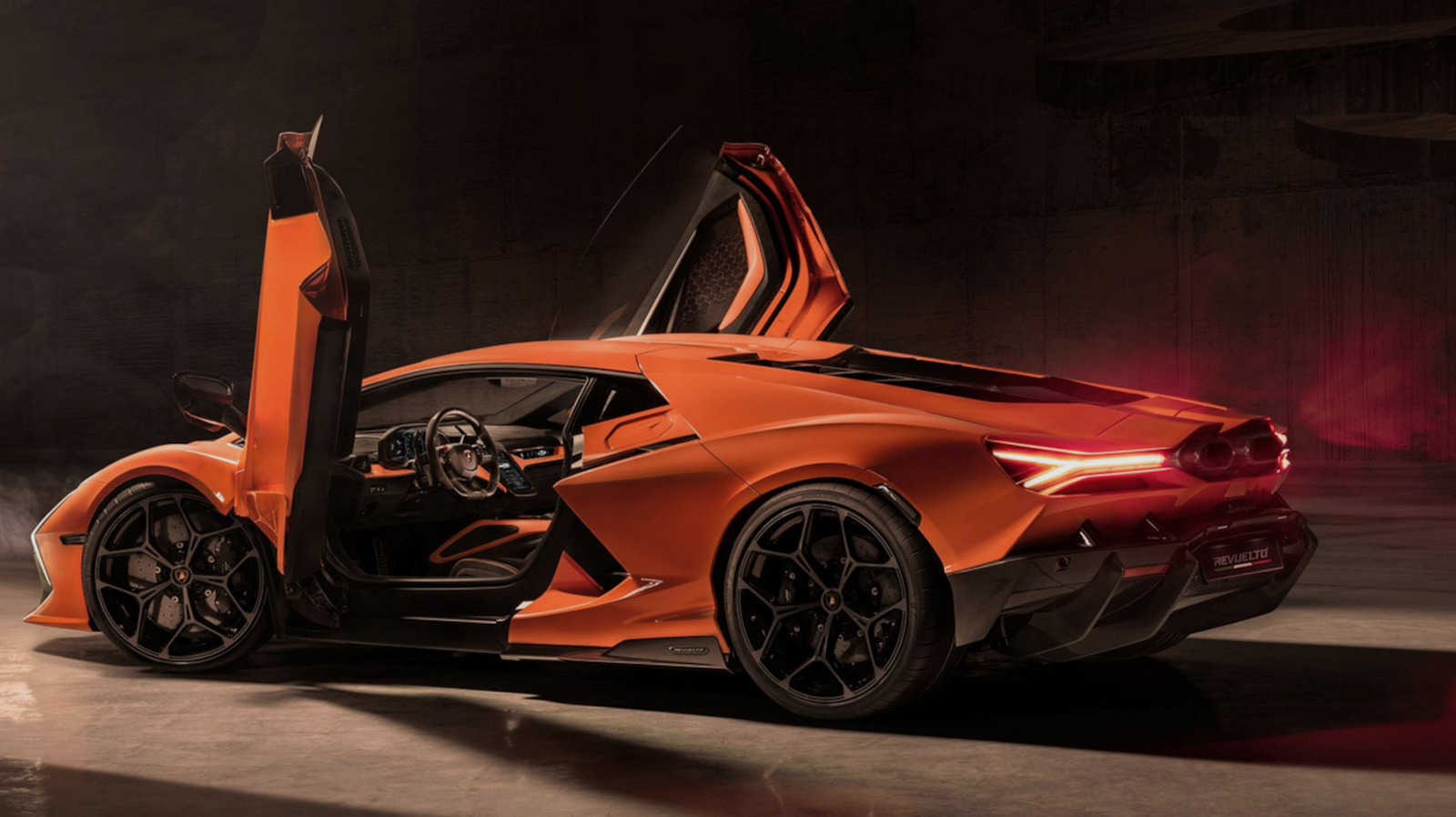
MG S5 EV Redefines Affordable Electric SUVs With Style and Substance
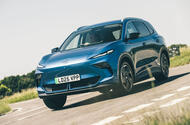 MG's Renault Scenic rival arrives using platform tech borrowed from the popular MG 4 hatchback Just a few years ago, it took very little time to survey the span and purpose of the modest range of cars of ‘budget brand’ MG Motor. But suddenly that appraisal process now seems to take considerably longer.Two years ago came the launch of the ambitious MG Cyberster convertible. Since then, we’ve seen the bread-and-butter core of MG’s business shift and diversify slightly away from EVs and towards hybrids (MG 3, ZS and HS). Very recently, we’ve also witnessed the announcement of the firm’s larger, pseudo-premium MG IM 5 and IM 6 models.So the firm that broke through with value EVs is now doing sports cars, executive cars and no-nonsense hybrids as well. Perhaps, then, it’s about time it came back to earth and gave us another value EV. Which is what the subject of this road test – the MG S5 EV – would seem to be.Though an indirect successor to the old ZS Electric, this is very much a ground-up electric-only model and it shares its rear-driven chassis with the popular MG 4 hatchback. It therefore takes proven mechanicals and stretches a larger, taller body over the top of them, which allows MG access to a key battleground: the all-electric C-segment SUV class, where the Renault Scenic E-Tech, Kia EV3, Volvo EX30 and Skoda Elroq all lie in wait.The S5 goes up against those cars with MG’s customary value advantage. But, as we’ll learn, in plenty of ways it doesn’t look, feel or behave like a car that needs any such advantage, or any excuses made for it. Read on to find out exactly why.
MG's Renault Scenic rival arrives using platform tech borrowed from the popular MG 4 hatchback Just a few years ago, it took very little time to survey the span and purpose of the modest range of cars of ‘budget brand’ MG Motor. But suddenly that appraisal process now seems to take considerably longer.Two years ago came the launch of the ambitious MG Cyberster convertible. Since then, we’ve seen the bread-and-butter core of MG’s business shift and diversify slightly away from EVs and towards hybrids (MG 3, ZS and HS). Very recently, we’ve also witnessed the announcement of the firm’s larger, pseudo-premium MG IM 5 and IM 6 models.So the firm that broke through with value EVs is now doing sports cars, executive cars and no-nonsense hybrids as well. Perhaps, then, it’s about time it came back to earth and gave us another value EV. Which is what the subject of this road test – the MG S5 EV – would seem to be.Though an indirect successor to the old ZS Electric, this is very much a ground-up electric-only model and it shares its rear-driven chassis with the popular MG 4 hatchback. It therefore takes proven mechanicals and stretches a larger, taller body over the top of them, which allows MG access to a key battleground: the all-electric C-segment SUV class, where the Renault Scenic E-Tech, Kia EV3, Volvo EX30 and Skoda Elroq all lie in wait.The S5 goes up against those cars with MG’s customary value advantage. But, as we’ll learn, in plenty of ways it doesn’t look, feel or behave like a car that needs any such advantage, or any excuses made for it. Read on to find out exactly why.Quantum Sensors Could Revolutionize Lunar Navigation Amid US China Space Race
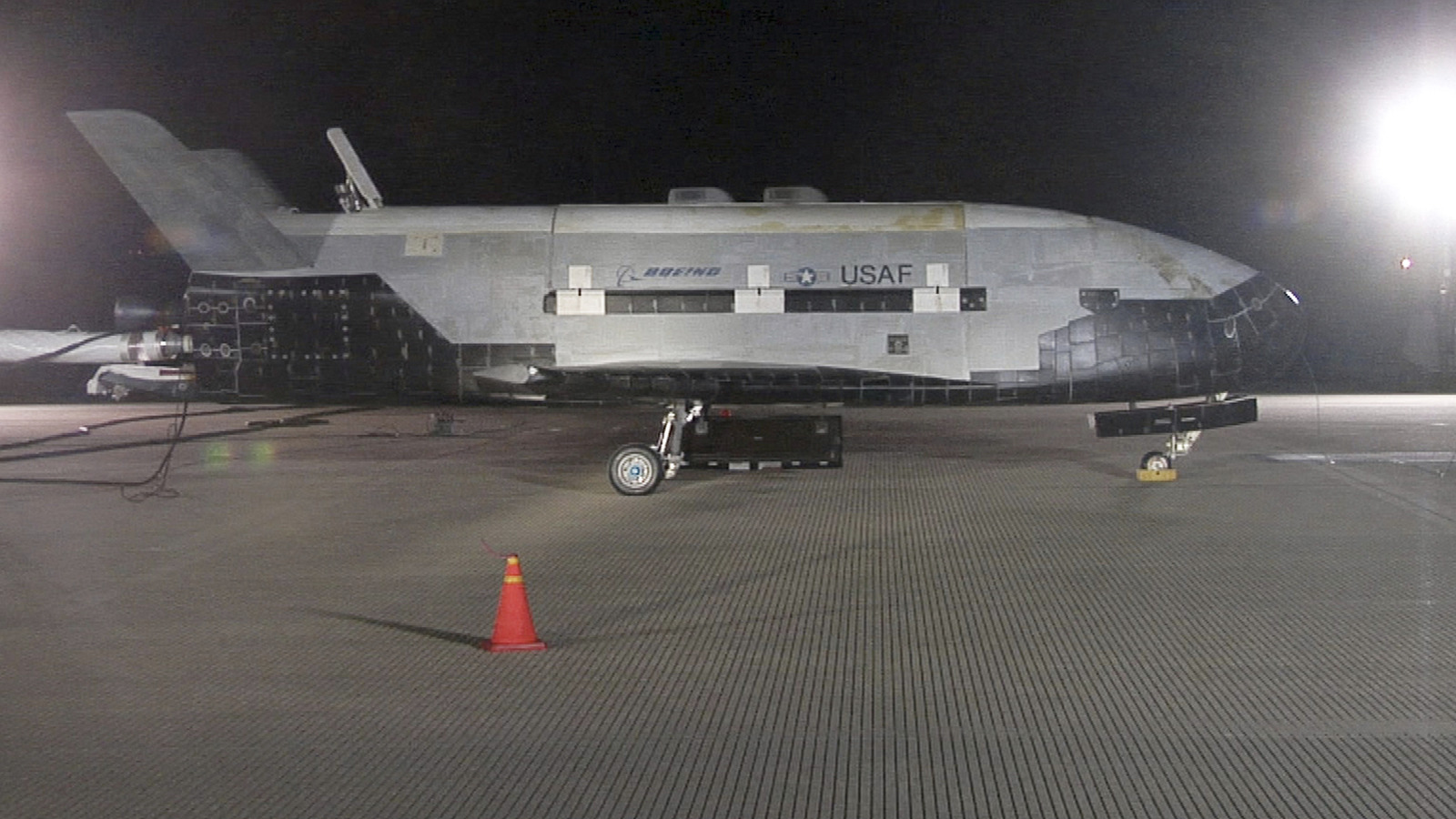
How Helsinki Achieved a Year Without a Single Road Fatality

Best Cars for Snow: Finding an Exciting Alternative to the Subaru Outback

Why the Original Honda HR-V Is the Cool Compact SUV America Missed Out On
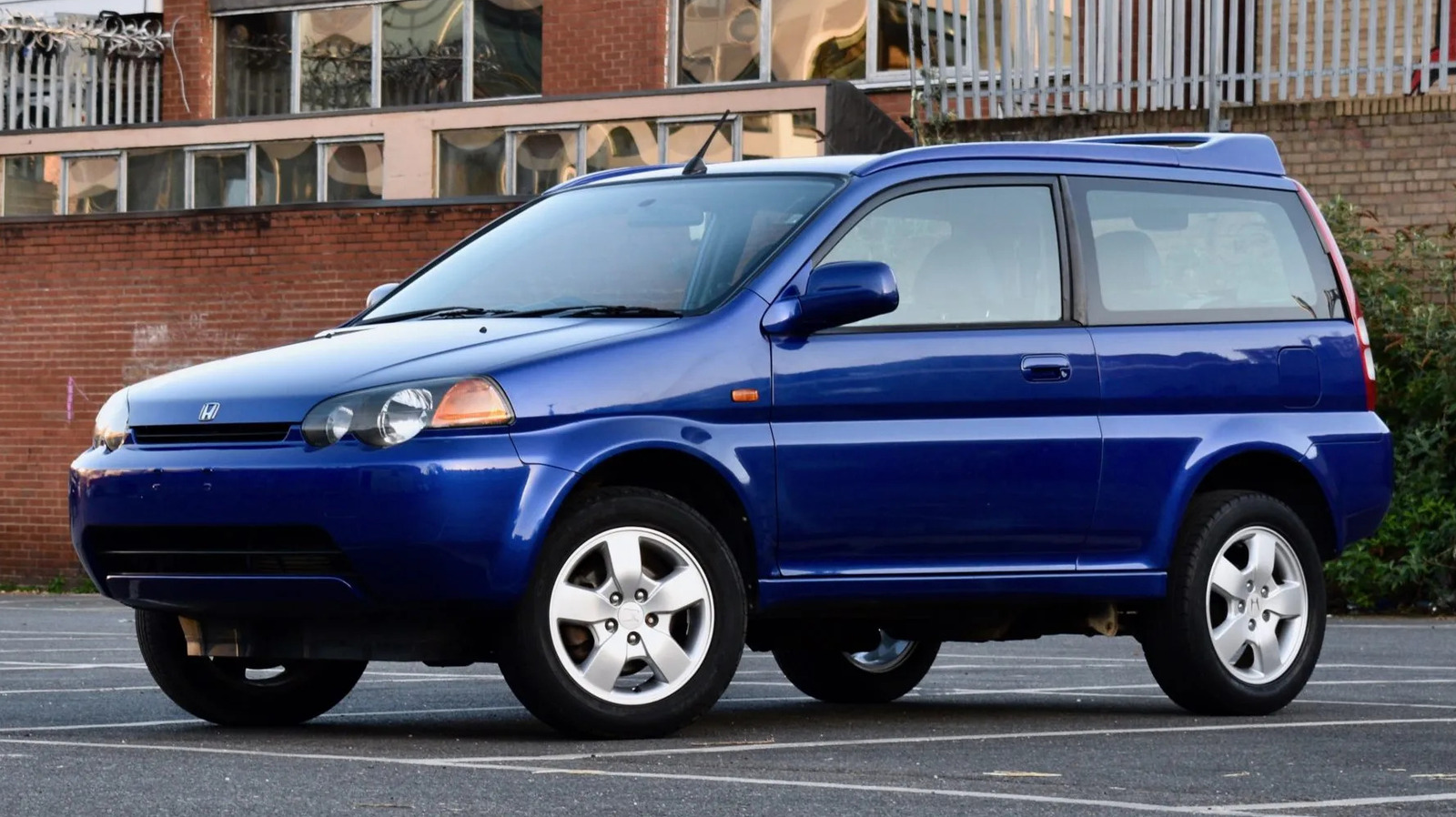
Top Spacious and Comfortable Compact SUVs for Your Next Ride




